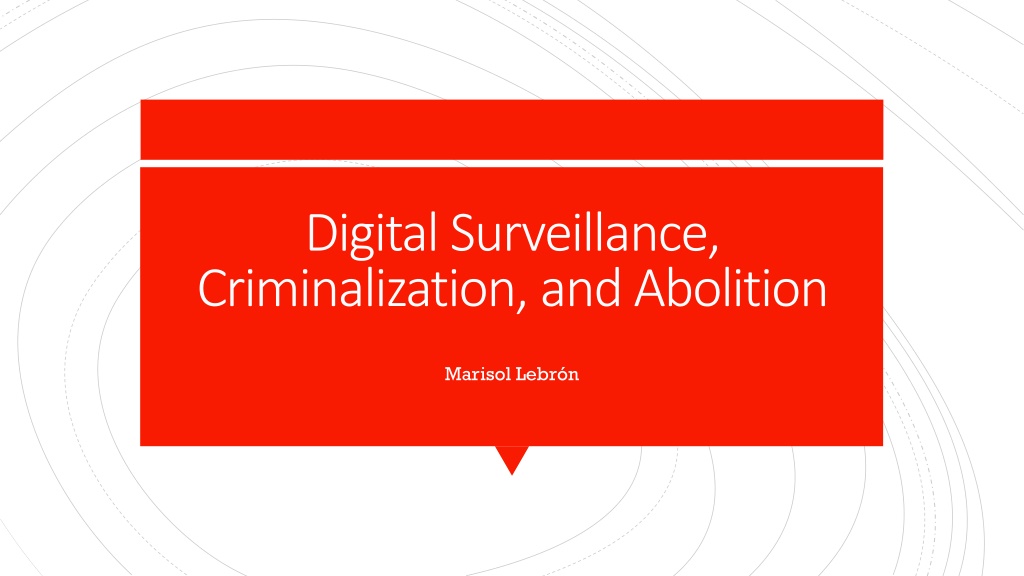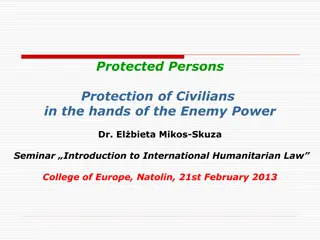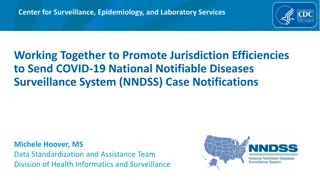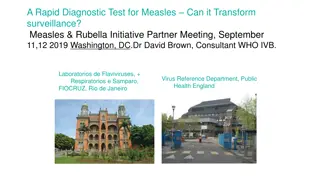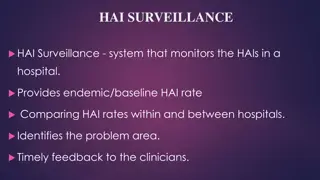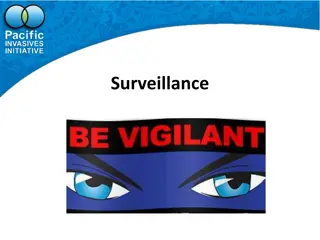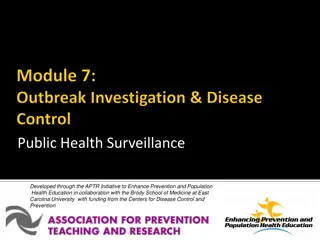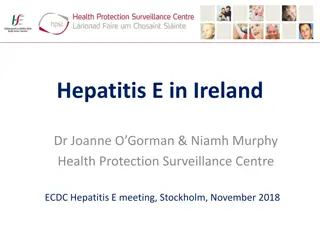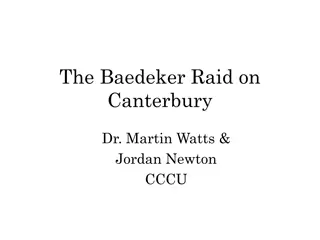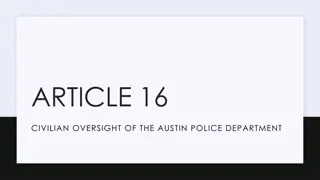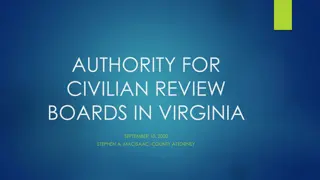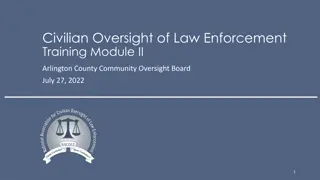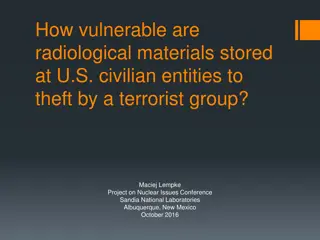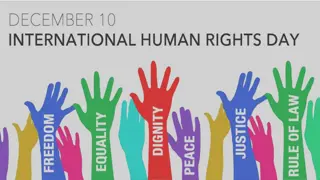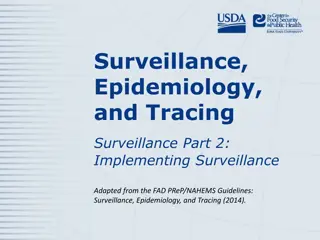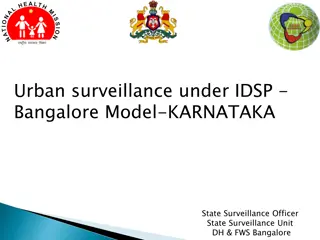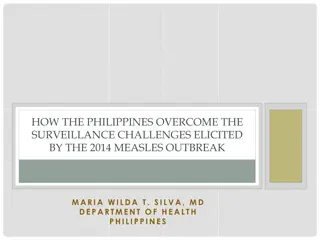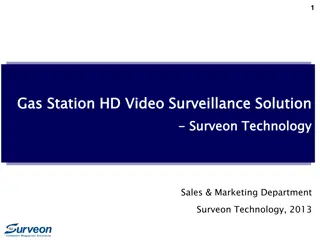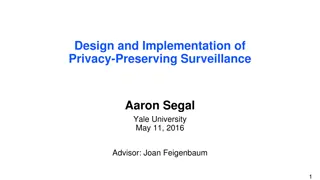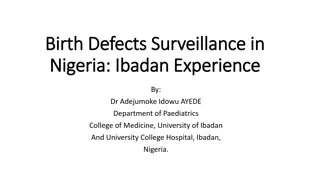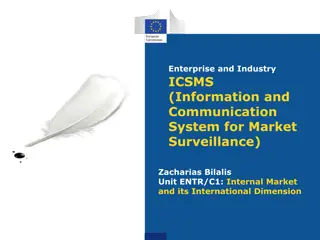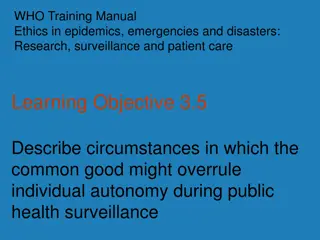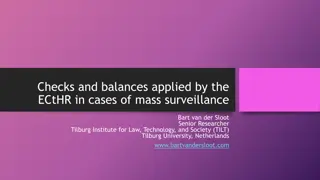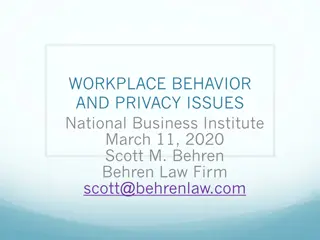Impact of Digital Surveillance on Civilian Rights
Advocates of police reform often promote digital technologies like body-worn cameras and Ring doorbell cameras as solutions to police misconduct. However, these technologies can be misused by law enforcement to surveil civilians, manipulate footage, and inhibit the exercise of First Amendment rights. The control over the use and storage of such surveillance tools by the police raises concerns about privacy, accountability, and potential retribution against individuals engaging in protests or political activities.
Download Presentation

Please find below an Image/Link to download the presentation.
The content on the website is provided AS IS for your information and personal use only. It may not be sold, licensed, or shared on other websites without obtaining consent from the author. Download presentation by click this link. If you encounter any issues during the download, it is possible that the publisher has removed the file from their server.
E N D
Presentation Transcript
Digital Surveillance, Criminalization, and Abolition Marisol Lebr n
Police reform advocates will often promote digital technologies and innovation as solutions to problems of police overreach, abuse, and violence. Tech is often positioned as a solution to police abuse and violence For examples, following the protests in Ferguson and the beginnings of the Black Lives Matter movement, police departments and law enforcement agencies throughout the U.S. widely adopt body cams. The idea is that body cams will make police think twice before committing acts of violence and abuse. In reality, body cams have not led to a significant decrease of violence and abuse or led to greater prosecution or conviction for police misconduct.
According to the Electronic Frontier Foundation: Reformers often tout police use of body-worn cameras (BWCs) as a way to prevent law enforcement misconduct. But, far too often, this technology becomes one more tool in a toolbox already overflowing with surveillance technology that spies on civilians. Worse, because police often control when BWCs are turned on and how the footage is stored, BWCs often fail to do the one thing they were intended to do: record video of how police interact with the public. Body Cams Protect Police, Not Civilians Lack of clear guidance about body cams means that the police can manipulate footage, fail to record interactions, or use body cams to record constitutionally protected protests and political gatherings. Police use body cam footage to justify their vantage point of an interaction likely to result in a complaint. Privileges the cops POV, not civilians . Civilians often do not have access to these recordings.
New tech can quickly become a new tool for police that extends their power and reach within previously private realms of civilian life. For example, RING doorbell cameras. Tech is often used to strengthen and extend police power in new ways. According to researchers Matt Guariglia and Dave Maass, the LAPD requested that Amazon give them access to RING footage so that they could spy on Black Lives Matter Protesters during last summer s protests. More than 2,000 government agencies have signed a formal partnership with Ring and it's associated app, Neighbors. The partnerships allow police to use a law- enforcement portal to canvas local residents for footage.
According to Guariglia and Maass: Technologies like Ring have the potential to provide the police with video footage covering nearly every inch of an entire neighborhood. This poses an incredible risk to First Amendment rights. People are less likely to exercise their right to political speech, protest, and assembly if they know that police can acquire and retain footage of them. This creates risks of retribution or reprisal, especially at protests against police violence. Ring cameras, ubiquitous in many neighborhoods, create the possibility that if enough people share footage with police, authorities are able to follow protestors movements, block by block. Indeed,Gizmodo found that on a walk of less than a mile between a school and its gymnasium in Washington D.C., students had to walk by no less than 13 Ring cameras, whose owners regularly posted footage to social media. Activists may need to walk past many more such cameras during a protest." Creating more eyes for police. Expanding an already vast surveillance network.
All of these technologies such as surveillance cameras of all sorts (both public and private), drones, body cameras, etc., work together in order to give law enforcement unparalleled knowledge of a particular neighborhood or situation. All of this tech combines to allow stop-and-frisk to go digital Technologies are combined to give police a god-like view Predictive policing technologies and Predpol eugenicist ideas about poor people and people of color s supposed criminality There are few guarantees police won t use these technologies for illegal surveillance. These technologies can create a chilling effect on social protests and gatherings despite their protected status.
Reformers will suggest investing in technology as a way of improving police performance, making policing less deadly, etc these only provide more tools and resources to policing agencies Technology masquerading as defunding, decarceration, or abolition More tech doesn t mean less police on the streets or less deadly encounters Technology like ShotSpotter resulted in the recent death of Adam Toledo in Chicago. Any time police come into contact with civilians we must understand that the possibility for violence escalates. E-carceration solutions do not free people leads to more not less people falling under correctional supervision.
Policy and technology exchanges between Puerto Rico and U.S. means Puerto Ricans will encounter this punitive technology in the archipelago or in the diaspora. History of carpeteo in Puerto Rico is being refashioned for the digital era and with more high tech means of surveillance example: UPR 2012 security reforms post-huelga Why does this all matter for Puerto Rico? Trial of 7 UPR students for activities related to 2017 strike activities. Widespread surveillance of digital student journalism and facebook pages. Longstanding attempts to install security cameras and increase tech surveillance will be posed solutions to public safety concerns following the murder of Tariq Quadir Loat in La Perla and Keishla Rodriguez
Coalition to Stop LAPD Spying: https://stoplapdspying.medium.com/ Defund Police, Dismantle Police Technology: https://techaction.nyc/assets/docs/A-Tech-Socialist- Statement-on-Police-Abolition.pdf Micol Seigel, Police Abolition or Police Surveillance:The Looming Choice : http://www.socialjusticejournal.org/police-abolition- or-police-surveillance-the-looming-choice/ Resources Ruha Benjamin, The Shiny, High-Tech Wolf in Sheep s Clothing : https://level.medium.com/the-shiny-high- tech-wolf-in-sheeps-clothing-17d8db219b6d
